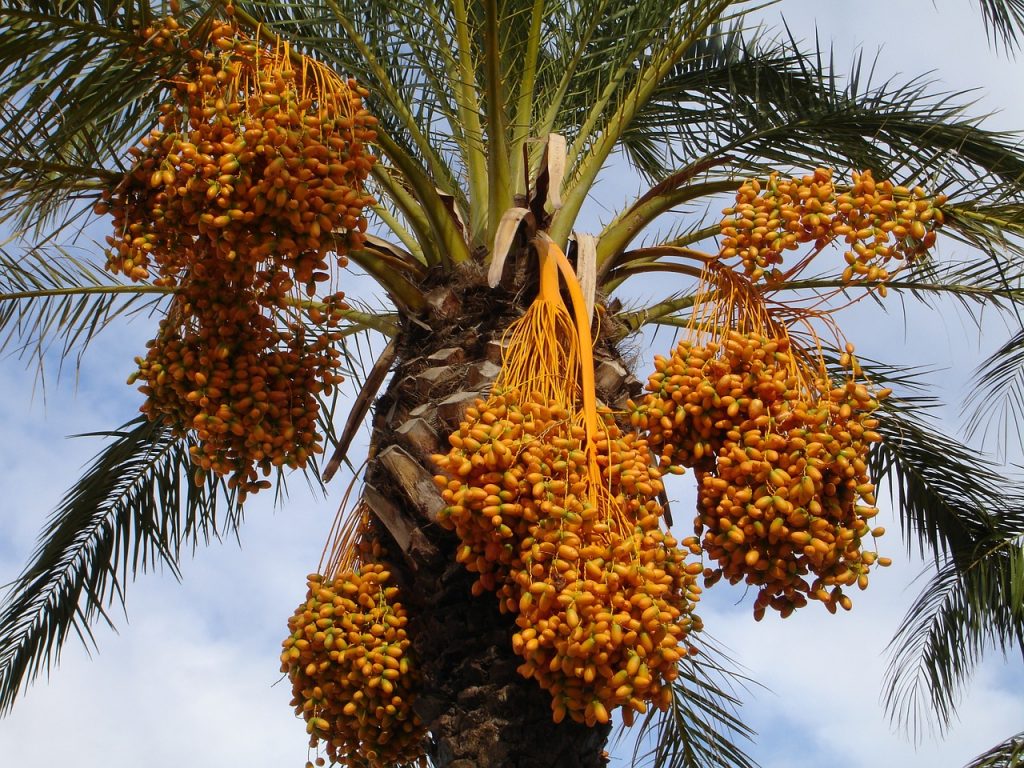To bee or not to bee
This Sunday the UK celebrated World Bee Day (May 20th); the first year of the now to be annual UN awareness event aimed at increasing our sensitivity to the global importance and increasing struggle of pollinators. Whilst the event hopes to increase understanding of pollinators generally, including butterflies, moths, birds and bats, the focus is…
Making progress on the biological management of Red Palm Weevil at KhairPur – Sindh
By Riaz Mahmood and Naeem-ul-Haq, CABI Central and West Asia (CWA), Rawalpindi Date palm (Phoenix dactylifera L.) is of high economic importance for livelihood for hundreds of farmers families in Pakistan. Fruit and tree parts are of many uses. Date palm trees are spread over 98,000 hectares across Pakistan making it the fifth largest date…
International Day for Biological Diversity 2018
This year the 22nd of May will be a celebration of the progress made since the implementation of the Convention on Biological Diversity 25 years ago. The International day for Biological Diversity was designed to overlap with the UNs post-2015 Sustainable Development Goals and the date chose to commemorate the adoption of the Convention of…
Showcasing smart agriculture in comic exhibition
Comics have long played a role in entertaining young people, and even adults, going right back to the Golden Age of Comic books in the 1930s. One only has to think of Superman, Batman, Wonder Woman, Captain Marvel and many more. But you would be forgiven for being surprised at knowing that comics can also…
Termite workshop photo special – exploring tree-damaging termites in the tropics
CABI scientists have held a successful three-day workshop exploring how to diagnose and manage termites associated with structures and trees in the tropics. The workshop, held at CABI’s South East Asia (SEA) office building at MARDI in Serdang, Malaysia, highlighted termites as ecologically important insects with significant roles to play as decomposers but also as…
Cutting plastic bottle use in adventure travel
Earth Day 2018 is on Sunday April 22, and the theme for this year is ending plastic pollution. One of the biggest sources of plastic waste from the general public is single-use plastic bottles, and tourists are a big source of this waste. Even those of us who rarely use disposable drinks bottles when at…
Earth Day 2018 – The campaign to eliminate plastic pollution
[Image credit: Pixabay – hhach] This blog post was written by our new Content Editor – Ellen Baker, ahead of Earth Day on Sunday 22nd April. This year the annual environmental issues awareness event ‘Earth day’ is focussing on the topic of plastic pollution; the problems generated by our high usage of single use plastics…
How to Control Urban Pests: Q&A with Entomologist Dr. Partho Dhang
Quick and easy solutions for treating pests with conventional sprays can harm the environment and contaminate surrounding areas, making them unsafe and unfit for solving urban pest problems. We asked CABI author and entomologist, Dr Partho Dhang, for some practical advice on treating these common pests that will be helpful for those whose living spaces are…
Food Forests can be a part of Urban Cultivation
Urban cultivation (UC) refers to a range of practices at various scales that include the growing, processing, and marketing of crops (often called urban agriculture), the tending of livestock, and apiculture, in urban and peri-urban areas, mostly for consumption in the same urban space (WinklerPrins 2017). According to the United Nations, the world population is increasingly urbanizing, currently at about 54% but trending toward at least 66% by 2050, and with much higher rates in many parts of the globe (UN 2014).
Emerging contaminants – a growing concern?
[Image credit: minthu] Over the last 200 years, the global population has been growing at an exponential rate and according to the UN, is predicted to reach 8.5 billion by 2030. The population increase to date, has been supported by the development of agricultural, industrial and health care resources, which has led to the rise…




